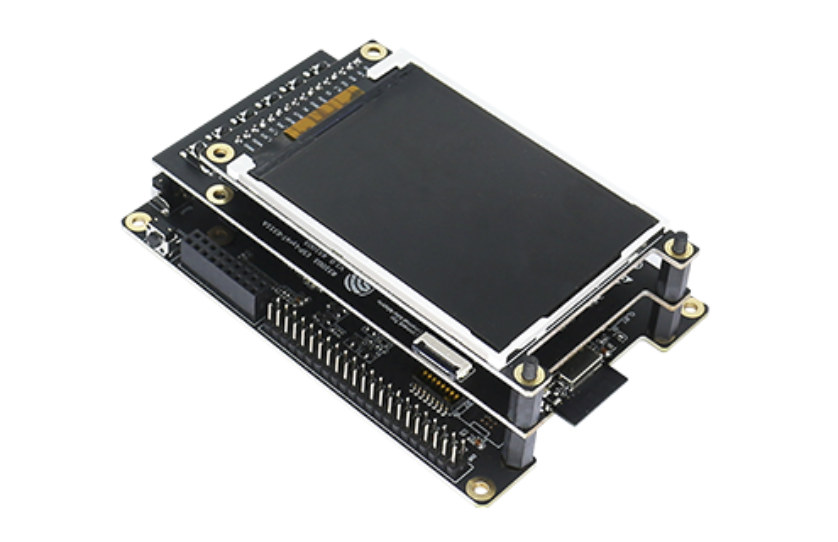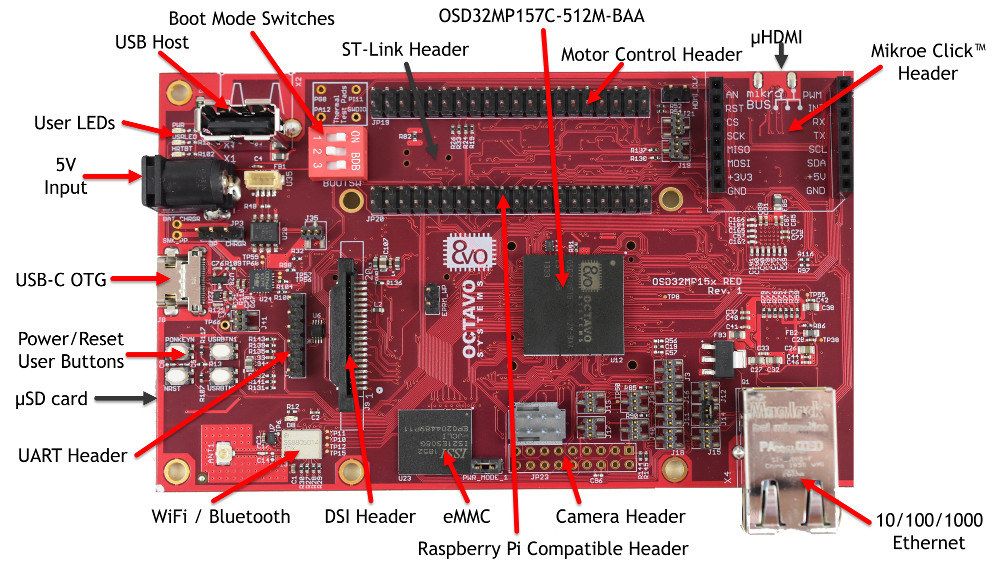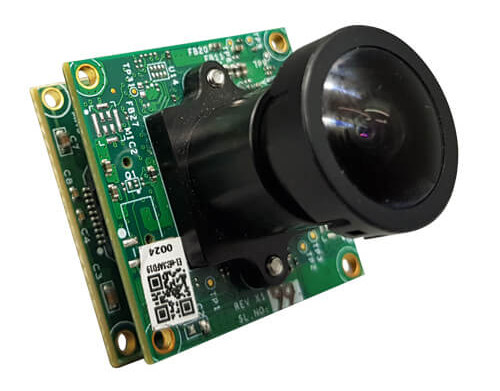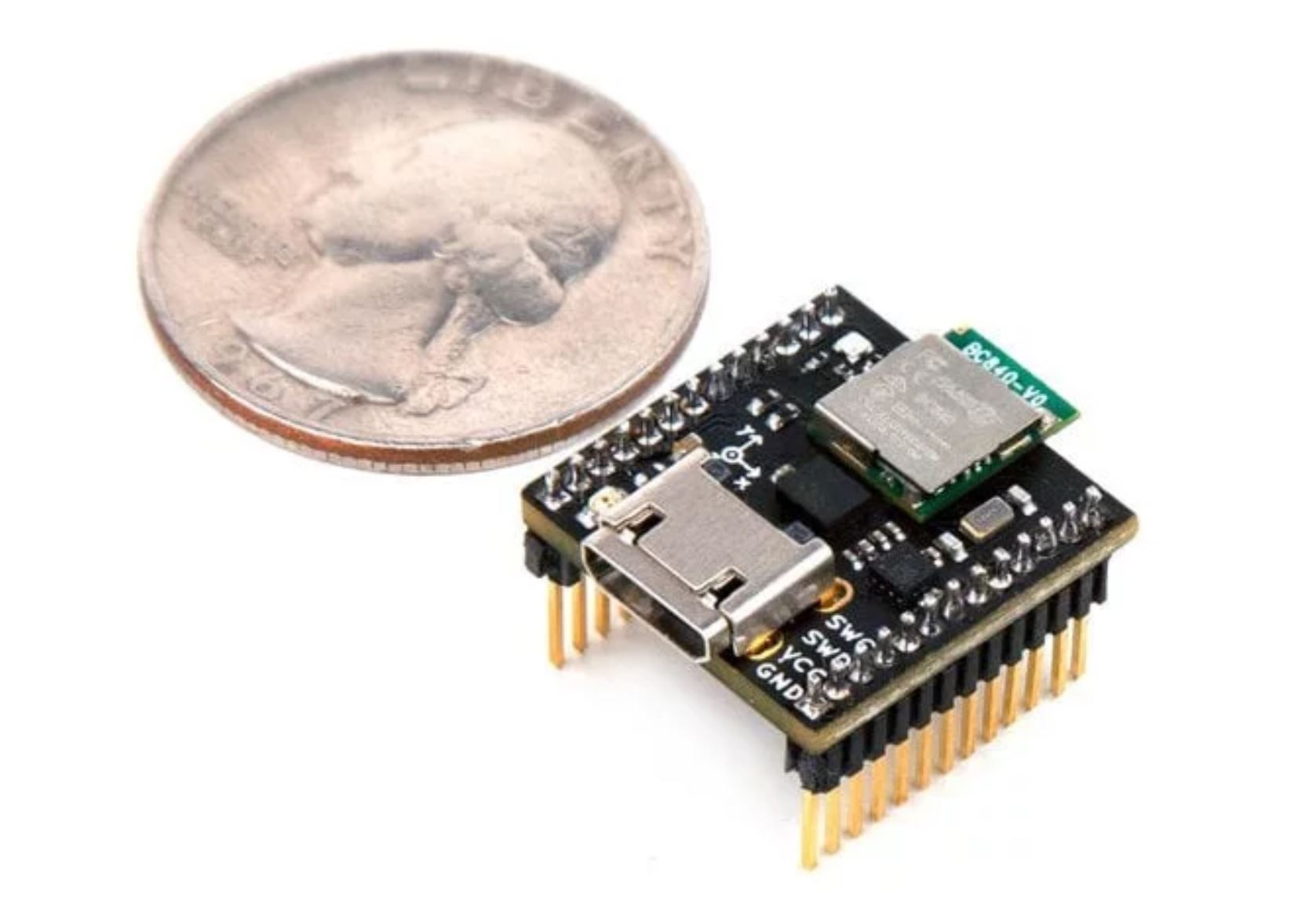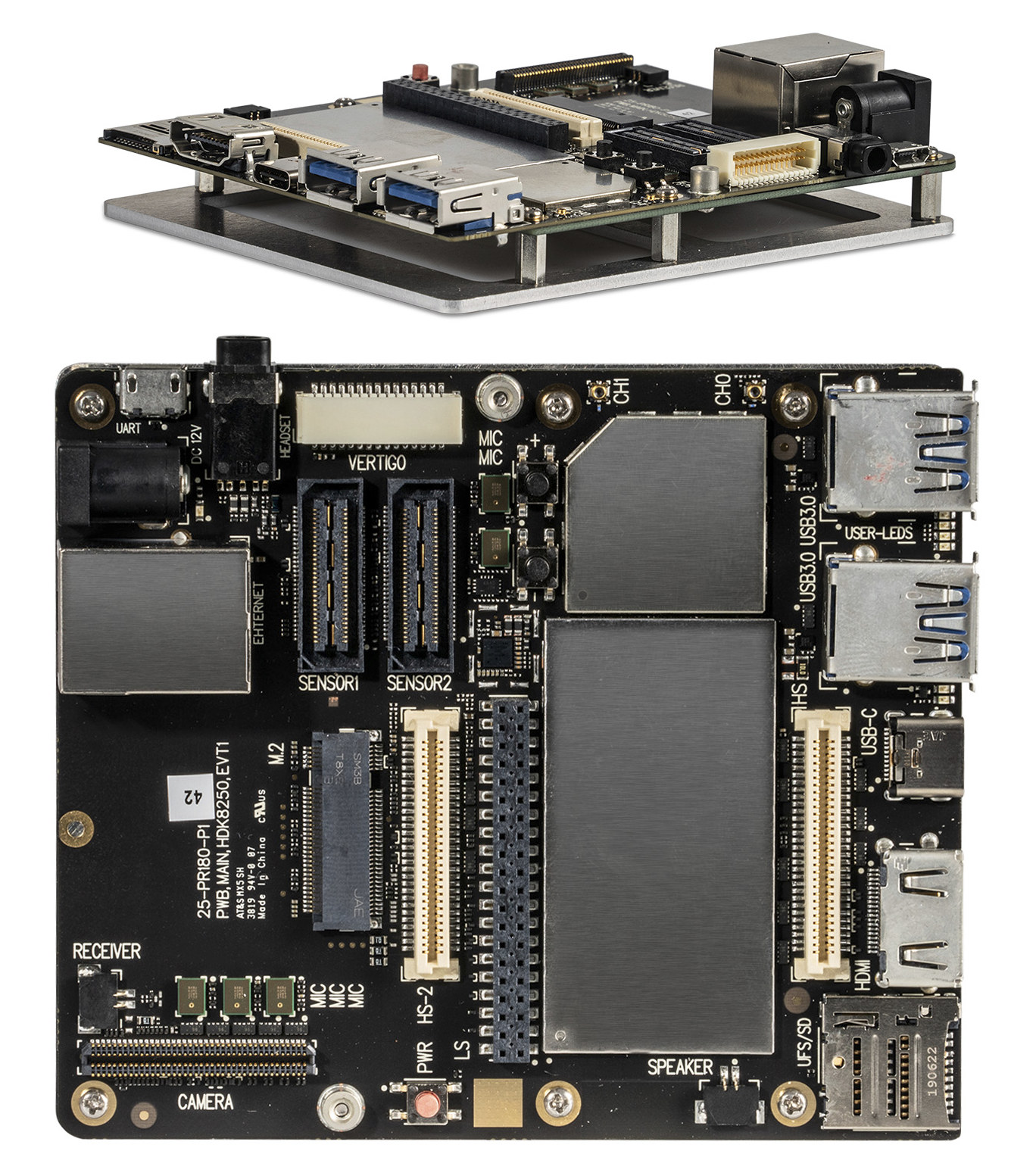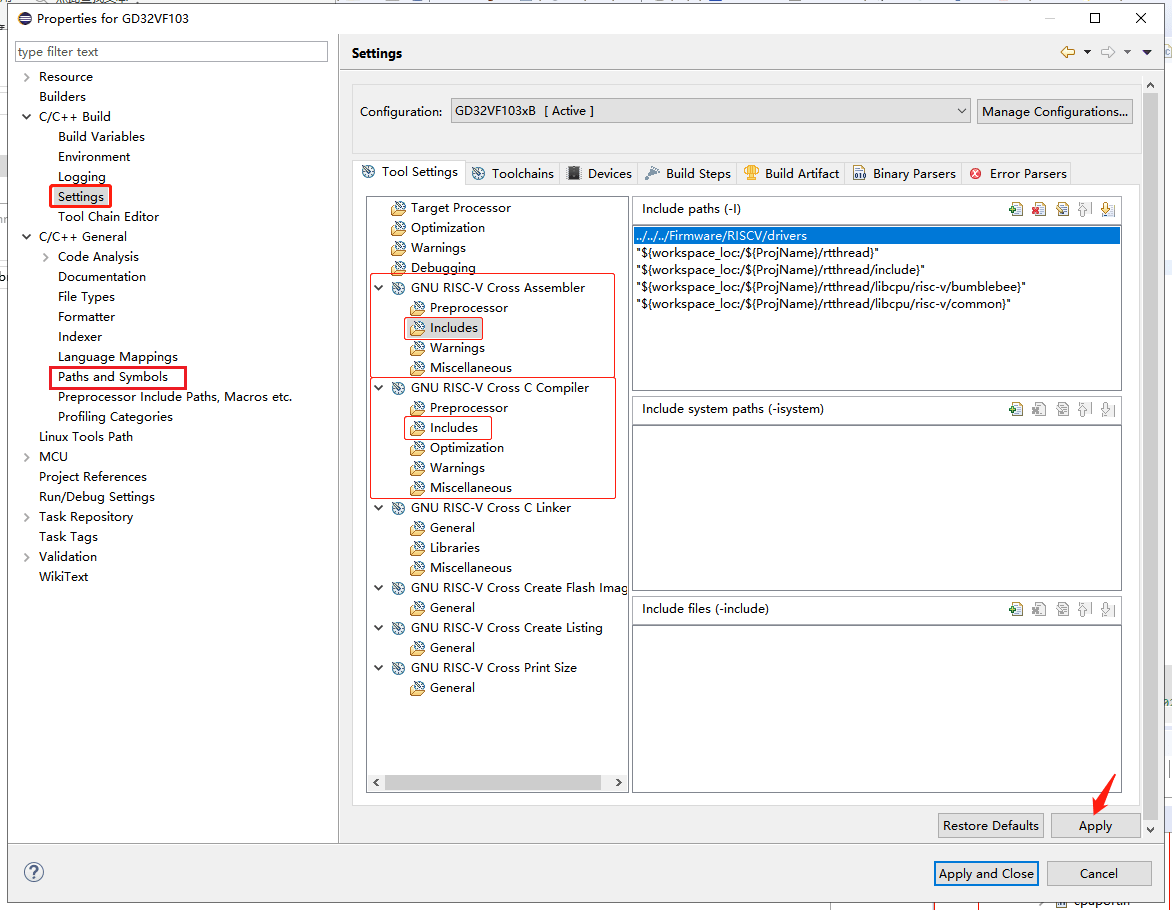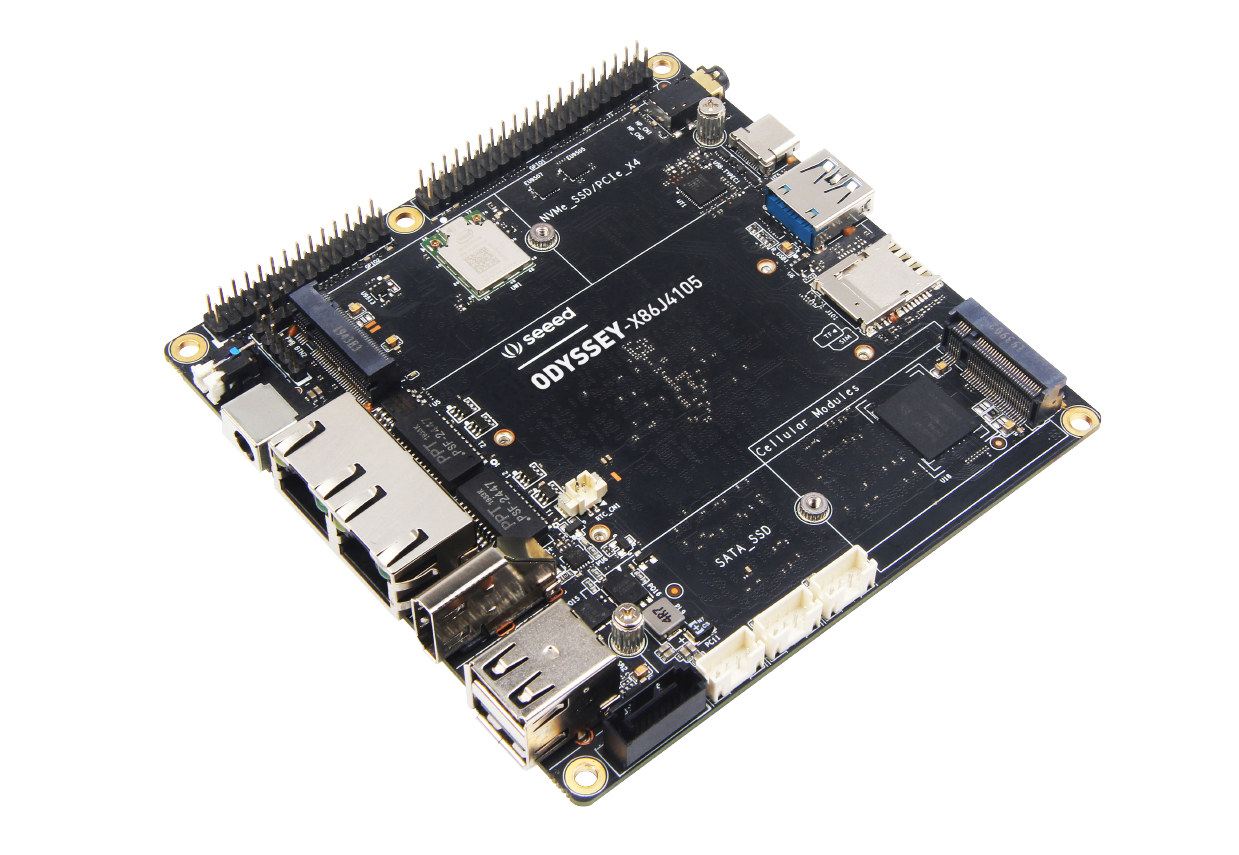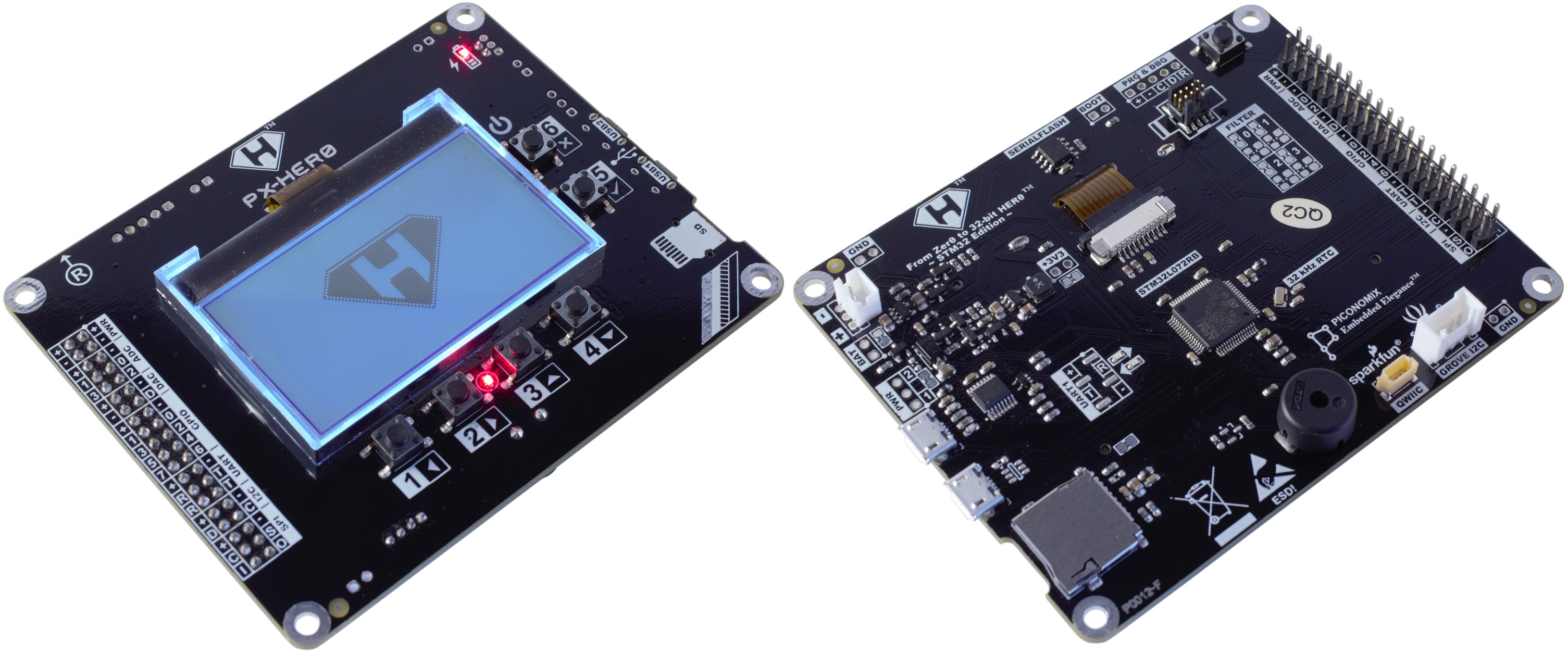ESP32-S2 secure WiFi processor based on Xtensa LX7 core was first unveiled in May 2019, before the datasheet was released, and the first development boards were showcased in September. The Coronavirus outbreak slowed down progress, but the company has now announced the start of mass production for ESP32-S2 SoC, ESP32-S2-WROVER & ESP32-S2-WROOM modules, and ESP32-S2-Saola-1 development board. So that means we should soon be able to buy any of those. Apart from improved security, ESP32-S2 chip also provides a USB OTG interface and interfaces for HMI (Human Machine Interface) solutions thanks to LCD & camera interfaces. So that’s probably why the company has developed ESP-S2 Kaluga-1 board with an LCD touchscreen display, touch panel, support for camera image acquisition, audio playback, and more. We do not have the full specifications at this stage, but here are some of the highlights of the board: LCD interfaces – SPI interface or 8-/16-/24-bit […]
Octavo Systems Announces Development Boards based on OSD32MP1 System-in-Package (SiP)
Announced in February 2019, STM32MP1 Cortex-A7/M4 processor family recently got an update with 24 new SKU’s boosting the Cortex A7 core frequency to 800 MHz instead of just 650 MHz for the SoC’s announced last year. One of the first companies to take advantage of the new parts will be Octavo Sytems that unveiled OSD32MP1 system-in-package (SiP) last year combining STM32MP15x MPU, up to 1GB RAM, 4K EEPROM, STPMIC1 power management IC, two oscillators, and over 100 passive components into a single chip. The company also introduced two upcoming development kits for the STM32MP1 based SiP: OSD32MP1-BRK “Flexible Prototyping Platform” and the more featured OSD32MP1-RED evaluation & development board. Both boards are supported by OpenSTLinux which we covered in our previous articles about STM32MP1. OSD32MP1-BRK Breakout board for OSD32MP1 SiP The first board aims to provide easy access to the I/O of the STM32MP1 processor via breadboard compatible headers, and […]
e-Con Systems Launches MIPI CSI-2 Cameras for Google Coral Dev Board
Google Coral Development Board Camera Series e-Con Systems has announced a camera series that can be used with the Google Coral Development board. There are two models: e-CAM50 CUCRL is a 5.0 MP MIPI CSI-2 camera and e-CAM30 CUCRL is a 3.4 MP MIPI CSI-2 camera. Both Have Features In Common Both support a variety of resolutions and were developed for AI devices. The cameras are color and fixed focus and can be connected directly to the Coral Development Board through P1 and J15 camera connector. Background on Google Coral Development Board The Google Coral Development board was reported on extensively since its release in 2019. Two articles for the Coral Development Board and its most recent addons are the Google Coral Development Board announcement and the Coral Development Board’s latest mPCIe and M.2 cards. Jetson Nano and Rock960 SBC’s Cameras e-Con Systems previously made cameras for other SBC’s including […]
Bluetera II is a motion-enabled IoT development board that supports protocol buffers (Crowdfunding)
Tensor Iotera Group (TIG), an Israeli based technology company, has launched a powerful IoT development board featuring motion sensing called Bluetera II and supporting Google Protocol buffers. Bluetera II came from the idea that developing an IoT application shouldn’t be complicated. Hardware is hard, and scaling for manufacturing might also be more daunting than initially anticipated. So instead of going through those troubles, why don’t you go the route of something that works, and most importantly, is scalable, as TIG is advocating with their Bluetera IoT development platform. Bluetera II is the 2nd generation of this IoT platform. The Bluetera II board is equipped with a 9-axis motion sensor, Bluetooth 5 enabled Nordic nRF52840 SoC core, which features an Arm Cortex-M4 FPU, with 1MB of Flash, 256KB of RAM, and lastly, an SDK based on Google’s Protocol Buffer (protobuf) technology. The device can function as a BLE Central (Master) and […]
Lantronix Snapdragon 865 Development Kit to Support Android 11
If you ever wanted to develop applications for the latest Qualcomm Snapdragon processor, Intrinsyc is always the first company to provide Snapdragon hardware development kits and we’ve covered many over the years including Open-Q 845 HDK and Open-Q 855 HDK. The company has recently been bought by Lantronix, a provider of solutions for the Internet of Things (IoT) and Out of Band Management (OOBM), and we covered one of their products – an RJ45 connector running Linux – over 6 years ago. Lantronix Snapdragon 865 Mobile Hardware Development Kit is the first devkit announced since the acquisition. The board is powered by the latest Snapdragon 865 (SM8250) processor combined with 6GB LPDDR5 RAM, 128GB UFS 3.0 storage. The development kit currently supports Android 10, but it will be one of the first hardware to officially run Android 11 just previewed by Google. Snapdragon 865 Mobile HDK specifications: SoC – Qualcomm […]
Getting Started with RT-Thread Nano RTOS on RISC-V Processors
CNXSoft: This is a guest post by RT-Thread explaining how to create your first program running on their real-time operating system using a GD32V RISC-V MCU board as an example. This article describes how to “port” RT-Thread Nano to the RISC-V architecture, using the Eclipse IDE, GCC toolchain, and a basic project for the Gigadevice GD32V103 MCU. Foreword RT-Thread is an open-source embedded real-time operating system. RT-Thread has a standard version and a Nano version. The standard version consists of a kernel layer, components and service layer, and IoT framework layer, while the Nano version has a very small footprint and refined hard real-time kernel, better suited to resource-constrained microcontroller units (MCU). The main steps for porting Nano are as follows: Prepare a basic Eclipse project and get the RT-Thread Nano source code. Add the RT-Thread Nano source code to the base project and add the corresponding header path. Modify […]
ODYSSEY-X86J4105800 SBC Combines Intel Gemini Lake SoC and Arduino Compatible MCU
Would it be good to have an all-in-one Windows platform used to both develop Arduino code and run that code to control I/O of your project? Or alternatively, have a single board computer capable of video processing and real-time I/Os? That platform already exists. UDOO X86 II SBC features an Intel Braswell processor combined with an Arduino Leonardo compatible Microchip ATmega32U4 MCU. But there’s now another, more powerful option courtesy of Seeed Studio with the oddly named ODYSSEY-X86J4105800 SBC equipped with an Intel Celeron J4105 quad-core Gemini Lake processor to run Windows 10 or Linux distributions, and a Microchip SAMD21 ARM Cortex-M0+ microcontroller compatible with Arduino Zero. ODYSSEY-X86J4105800 SBC specifications: SoC – Intel Celeron J4105 quad-core processor @ 1.5/2.5 GHz (Turbo) with 12EU Intel UHD Graphics 600 @ 250-750 MHz; 10W TDP System Memory – 8GB LPDDR4 RAM Storage Optional 64GB eMMC flash (fitted to ODYSSEY-X86J4105864 model), 1x SATA III data […]
PX-HER0 ARM Cortex-M0 Development Board and Ecosystem is for Beginners and Veterans (Crowdfunding)
PX-HER0 ARM Cortex Development Board and Ecosystem Piconomix is offering an embedded Arm Cortex-M0 development board that is aimed at the education, beginner maker, and enthusiast crowd. The PX-HER0 is a development board with an ecosystem of sourcing materials for learning the entire ARM structure through an open-source C library and full documentation. The Basics of the Board The PX-HER0 is a low-power board, running an STM32 MCU with an Arm Cortex-M0 core. There is an LCD Display, that is viewable even in direct sunlight, and the entire package is lightweight and very functional. Mass Storage To activate the bootloader, a double-tap of the RESET button, and the mass storage drive HERO-BOOT appears in the host computer. Drag and Drop are active and the UF2 file can be dragged right to the drive. The Ecosystem The ecosystem for the PX-HER0 is backed by an extensive C Library and documentation […]


